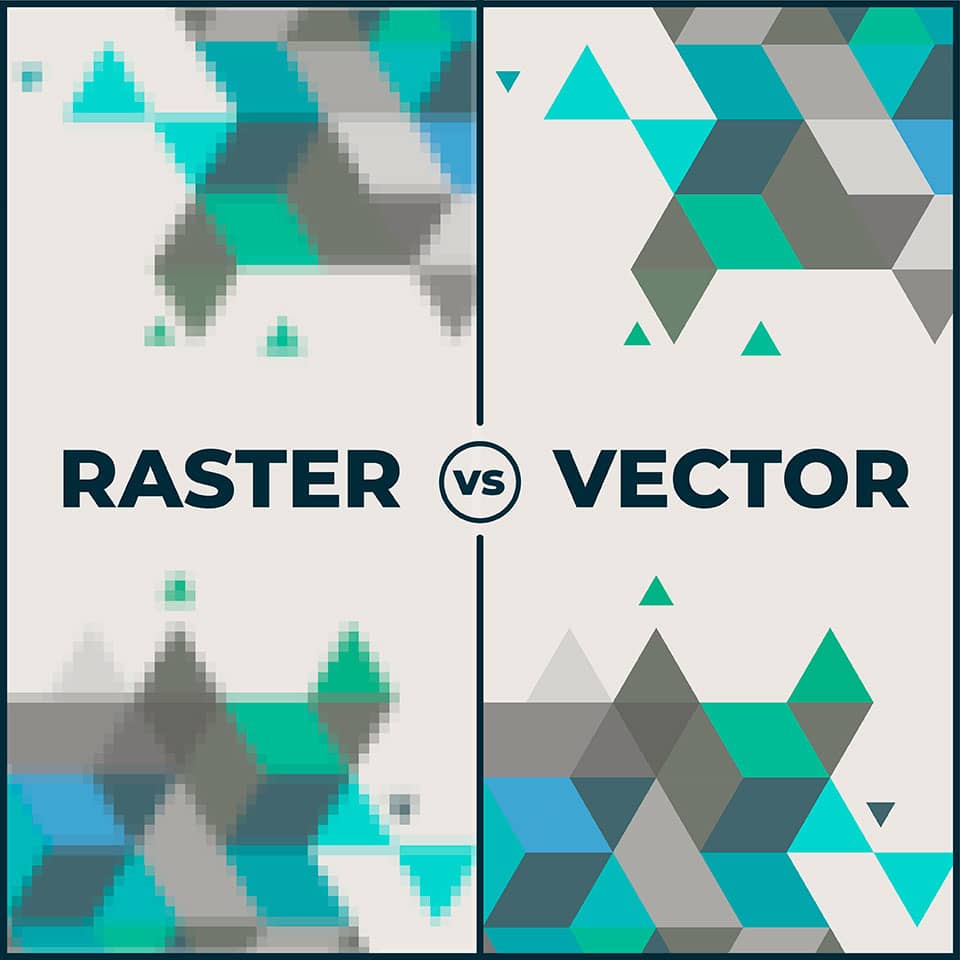

CorelCAD 2023 – Education Edition (Windows/Mac).CorelDRAW Graphics Suite – Education Edition (Windows/Mac).
#Raster image license
#Raster image pdf
Our products are highly oriented towards raster graphics image formats and PDF as we are specialized in document imaging.īut powerful and efficient bitmap-to-PDF or rasterise-PDF-to-bitmap conversion features are particularly to be noted among our “convert any supported format to any other supported format” general feature.
#Raster image series
We will talk about PDF basics in a dedicated series of articles in the near future as the PDF format is a quite vast subject and it has high importance and relevance in our products, too.īut for now let’s just add that raster images can be converted to vector through a process named “vectorization” and also vector images can be converted to raster (bitmap), this process being known as “ rasterization.”

Some file formats contain both pixel and vector data and, among them, one is of particular interest because it is one of the most wide-spread formats in the world: PDF. CDR format for CorelDraw, AutoCAD DWG, etc.) but this is not an absolute rule. Vector graphics use complicated (and often proprietary) algorithms, therefore, such file formats are generally restricted for use only with the application that generated them (such as AI format for Adobe Illustrator. This approach has 2 main advantages: the image quality remains highest regardless of zooming actions and the file size is about the same no matter the resolution of the image. In other words, it contains a description of “how to draw” the image, instead of “what color each pixel must have in order to obtain the image”. Instead, they contain mathematical expressions to generate and represent all details of an image. Vector graphics, on the other hand, do not store image information as pixels. Hence, the greater the quality (resolution), the bigger the file size.įor that reason, bitmap files can be uncompressed or compressed (either lossy or lossless) resulting in a large variety (including sub-varieties) of popular file formats such as TIFF, BMP, PNG, JPEG, JBIG2, etc. Therefore, a bitmap image is technically defined by its width and height (in pixels) and by the amount of bits-per-pixel used for storing color information (“color depth”). Hence the name “ bitmap” used for files: the image is encoded as a “map of bits” holding the position and color of each and every pixel. Raster images are made of pixels (ordered in arrays or matrices), each pixel having its own coordinates and color, similar to how a mosaic is made out of small pieces of colored glass. Raster graphics images (or bitmaps) are based on the elementary concept of the pixel.Ī pixel (PICture ELement) is the smallest controllable “dot” or “point of color” or “unit” of a picture. Today we are going to explain the differences between raster graphics and vector graphics for our general public.


 0 kommentar(er)
0 kommentar(er)
